Mann on a mission: Driving Boreham's continuation Ford Escort 68 Edition
Escort is one of several Ford models Boreham plans to revive - the RS200 will soon follow Mk1 Escort joins the ranks of factory-backed continuation racers, but there’s more to this car than meets the eye The summer of ’25 will mark the debut of an official new Mk1 Ford Escort RS. Even tapping out that sentence feels surreal, but allowing a little bit of wiggle room for semantics and technicalities, it’s the truth. Every car will even have a fresh VIN stamped into a bona fide, Ford-signed plate beneath its featherlight carbonfibre bonnet. Each of the 150 examples aims to be a spiritual and mechanical successor to the Escort RS2000 of 1968, to the extent that the chassis numbers will pick up where the old-timers’ once ended. It’s all being masterminded by Coventry-based Boreham Motorworks, which is more than just an evocative name and striking typeface. Boreham is a sub-division of newly formed mothership DRVN Automotive, which has lately brought together a gaggle of expert white-label engineering firms with the vision of creating the ultimate throwbacks (the ‘355 by Evoluto’ is also DRVN’s handiwork). Boreham will be remastering a selection of household-name fast Fords from the past, having last year negotiated a decade-long brand-licence agreement with Ford. The Escort and RS200 will be the first two projects to break cover. And then? You can guess. The main point – and the pivotal factor in Ford’s decision to get on board with the initiative – is that the cars are being manufactured to contemporary OEM levels of fit, finish and materials quality. Think computer-aided design-engineering based on laser-scanned original blueprints; modern tolerances; wildly evocative, neo-analogue powertrains that capture the fierceness of yesteryear, only with today’s high precision, high output and, of course, reliability. Images of the reborn ‘Escort Mk1 RS’ have already drenched the internet so you’ll have seen how Boreham Motorworks is balancing current aesthetic cues with a body that is period sympathetic in its dimensions. The look of the car is the work of Wayne Burgess, of Jaguar F-Type and Aston Martin DB9 renown, though Ford’s former VP of design, J Mays, has stuck his head into the studio. All of which is very interesting and, assuming you have £295,000 going spare, nice to know. But then why, you’re possibly wondering, do the photos on these pages show a Group 5 Escort racer by Alan Mann Racing (AMR) being hustled along, jaw-droppingly pretty as it is? In short, this is where the fun starts. While Boreham is putting the finishing touches to the road-going ‘Mk1 Escort RS’ we’ll get to drive this summer – perfecting the retro-modern cabin, finalising the damper tune and administering a chef’s kiss to the intake roar of what promises to be a 10,000rpm mill, good heavens – that car’s DNA can already be found in this 1968 AMR Escort, winner of the British Saloon Car Championship in the hands of Aussie motorsport renaissance man Frank Gardner. Except, of course, it isn’t the real McCoy. It’s a prototype for the 24 doppelgänger continuations Boreham will build alongside AMR, arguably the authority on historic racing Fords and headed up by Alan’s son, Henry. This track-only Ford Escort Alan Mann 68 Edition uses the same body as the upcoming restomod road car so has benefited from the new jigs and tooling. But unlike the road car, it comes ready to race with all its period accoutrements and old-world mechanicals (albeit remanufactured), plus an FIA technical passport. Cartoonish gold-red livery gleaming, it’s charming to a fault, and Boreham will support owners with everything from gaining a race licence to providing a pit crew at established historic racing events. Though Boreham’s road and racing cars bear little similarity beyond the dainty shell and mechanical layout, there’s an element of historical symmetry in launching the racer first. Mann Sr first prepared the Mk1 Escort for racing duties in 1968 but it was another two years until the hot Escort RS1600 hit dealerships. Now, as then, road car follows race car. What’s more, while the original Group 5 Escorts were concocted in AMR’s Byfleet workshop, final assembly now takes place just around the corner, at the firm’s modern base in Chobham. Even without the bulging trademark Alan Mann arches and the promise of an 8200rpm redline (9200rpm is possible on the hottest cams), this ‘old’ Ford would elicit a tingle of anticipation rarely experienced with modern cars, at least until you get to the extraordinary stuff. In the pits, Henry assures me the Group 5 car will bear scant relationship to the upcoming road car, not least as it is devoid of vibration damping and, to be period correct, has unservoed brakes. It’s simply you, the deeply dished steering wheel and just over 200bhp flowing to the 172mm-wide rear Dunlop crossply tyres through an English axle. Details on the road-going Escort RS remain vague, but we know it will attempt to meld engagement with mod
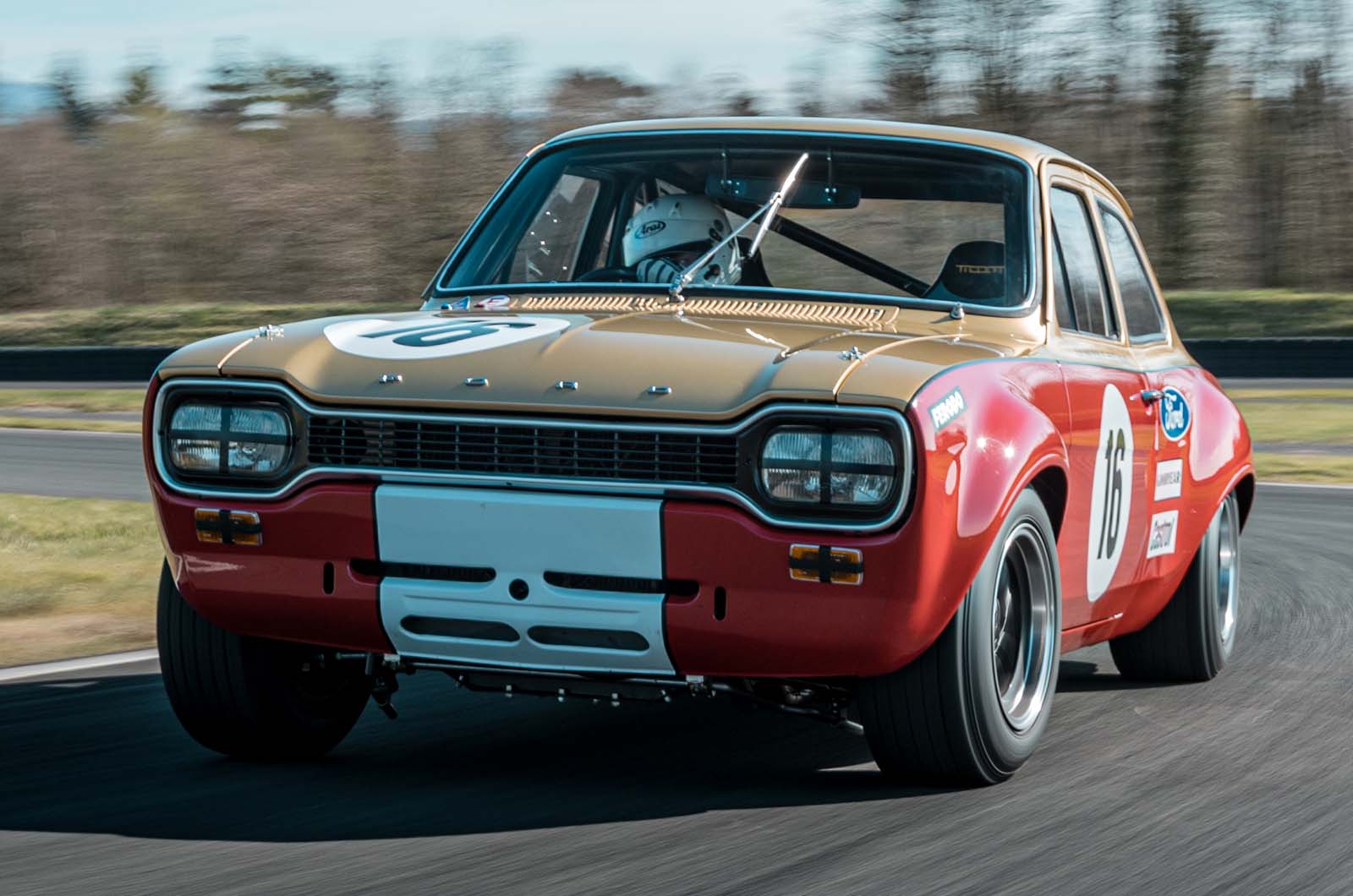
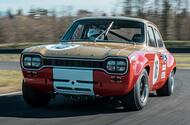
Escort is one of several Ford models Boreham plans to revive - the RS200 will soon followMk1 Escort joins the ranks of factory-backed continuation racers, but there’s more to this car than meets the eye
The summer of ’25 will mark the debut of an official new Mk1 Ford Escort RS.
Even tapping out that sentence feels surreal, but allowing a little bit of wiggle room for semantics and technicalities, it’s the truth. Every car will even have a fresh VIN stamped into a bona fide, Ford-signed plate beneath its featherlight carbonfibre bonnet.
Each of the 150 examples aims to be a spiritual and mechanical successor to the Escort RS2000 of 1968, to the extent that the chassis numbers will pick up where the old-timers’ once ended.
It’s all being masterminded by Coventry-based Boreham Motorworks, which is more than just an evocative name and striking typeface.
Boreham is a sub-division of newly formed mothership DRVN Automotive, which has lately brought together a gaggle of expert white-label engineering firms with the vision of creating the ultimate throwbacks (the ‘355 by Evoluto’ is also DRVN’s handiwork).
Boreham will be remastering a selection of household-name fast Fords from the past, having last year negotiated a decade-long brand-licence agreement with Ford. The Escort and RS200 will be the first two projects to break cover. And then? You can guess.
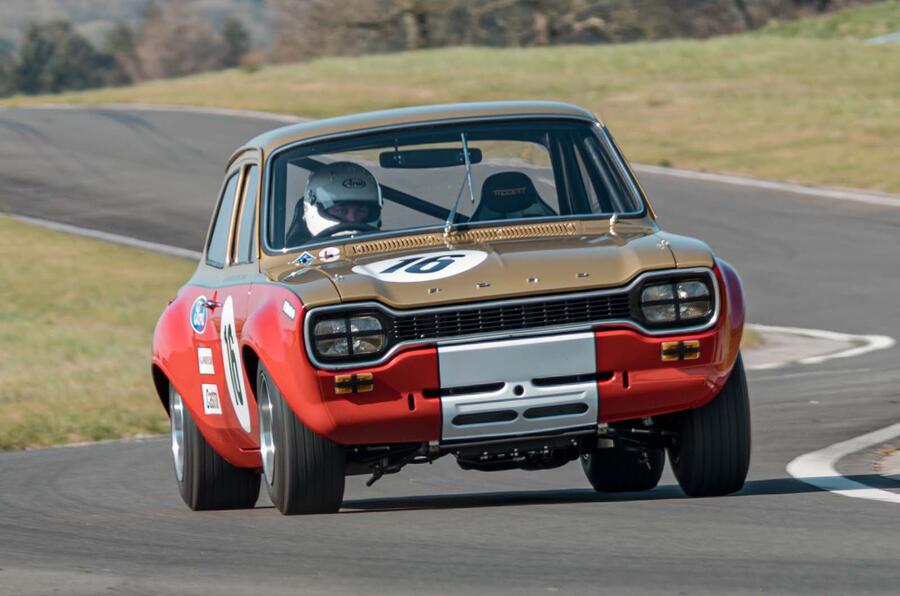
The main point – and the pivotal factor in Ford’s decision to get on board with the initiative – is that the cars are being manufactured to contemporary OEM levels of fit, finish and materials quality.
Think computer-aided design-engineering based on laser-scanned original blueprints; modern tolerances; wildly evocative, neo-analogue powertrains that capture the fierceness of yesteryear, only with today’s high precision, high output and, of course, reliability.
Images of the reborn ‘Escort Mk1 RS’ have already drenched the internet so you’ll have seen how Boreham Motorworks is balancing current aesthetic cues with a body that is period sympathetic in its dimensions.
The look of the car is the work of Wayne Burgess, of Jaguar F-Type and Aston Martin DB9 renown, though Ford’s former VP of design, J Mays, has stuck his head into the studio. All of which is very interesting and, assuming you have £295,000 going spare, nice to know.
But then why, you’re possibly wondering, do the photos on these pages show a Group 5 Escort racer by Alan Mann Racing (AMR) being hustled along, jaw-droppingly pretty as it is?
In short, this is where the fun starts. While Boreham is putting the finishing touches to the road-going ‘Mk1 Escort RS’ we’ll get to drive this summer – perfecting the retro-modern cabin, finalising the damper tune and administering a chef’s kiss to the intake roar of what promises to be a 10,000rpm mill, good heavens – that car’s DNA can already be found in this 1968 AMR Escort, winner of the British Saloon Car Championship in the hands of Aussie motorsport renaissance man Frank Gardner.

Except, of course, it isn’t the real McCoy. It’s a prototype for the 24 doppelgänger continuations Boreham will build alongside AMR, arguably the authority on historic racing Fords and headed up by Alan’s son, Henry.
This track-only Ford Escort Alan Mann 68 Edition uses the same body as the upcoming restomod road car so has benefited from the new jigs and tooling.
But unlike the road car, it comes ready to race with all its period accoutrements and old-world mechanicals (albeit remanufactured), plus an FIA technical passport.
Cartoonish gold-red livery gleaming, it’s charming to a fault, and Boreham will support owners with everything from gaining a race licence to providing a pit crew at established historic racing events.
Though Boreham’s road and racing cars bear little similarity beyond the dainty shell and mechanical layout, there’s an element of historical symmetry in launching the racer first.
Mann Sr first prepared the Mk1 Escort for racing duties in 1968 but it was another two years until the hot Escort RS1600 hit dealerships.
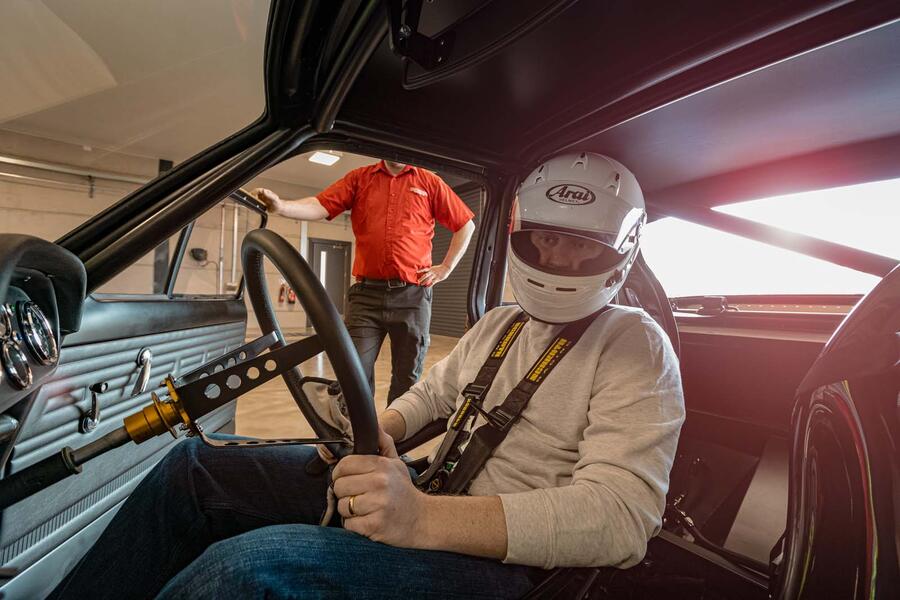
Now, as then, road car follows race car. What’s more, while the original Group 5 Escorts were concocted in AMR’s Byfleet workshop, final assembly now takes place just around the corner, at the firm’s modern base in Chobham.
Even without the bulging trademark Alan Mann arches and the promise of an 8200rpm redline (9200rpm is possible on the hottest cams), this ‘old’ Ford would elicit a tingle of anticipation rarely experienced with modern cars, at least until you get to the extraordinary stuff.
In the pits, Henry assures me the Group 5 car will bear scant relationship to the upcoming road car, not least as it is devoid of vibration damping and, to be period correct, has unservoed brakes.
It’s simply you, the deeply dished steering wheel and just over 200bhp flowing to the 172mm-wide rear Dunlop crossply tyres through an English axle. Details on the road-going Escort RS remain vague, but we know it will attempt to meld engagement with modern drivability and grip.
Think Quaife diff, coilovers, trick ECU and 225-section rear tyres of a modern compound. No ABS, traction control or power steering, mind you.
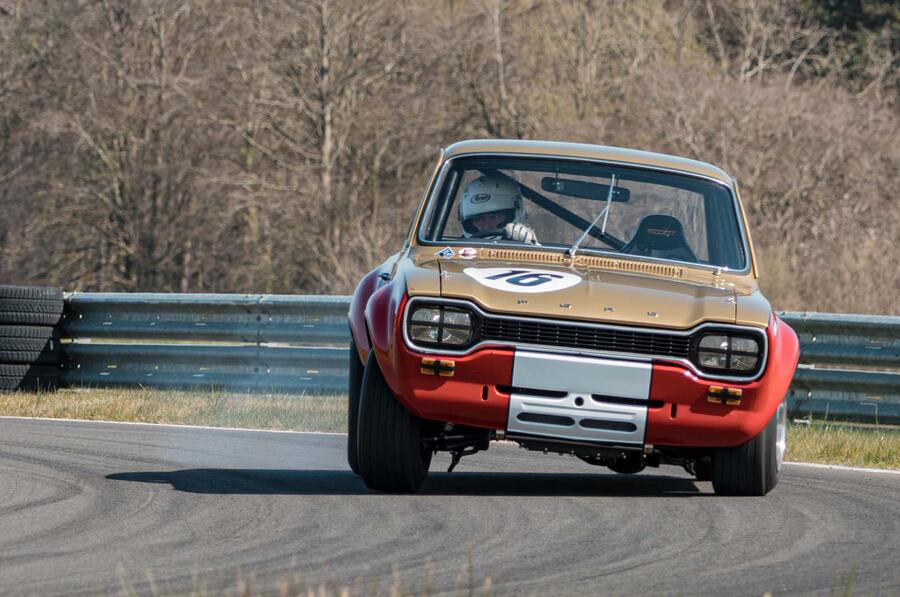
For our racing car today, the coup de grâce lurks in the details. The Tillett buckets and pedal layout are set to Frank’s preferred positions (let me tell you, the great man worked hard for his rev-matched downshifts), while the little Bakelite gearknob, which you grasp to fling the H-pattern ’box through its four speeds with surprising ease and accuracy, is from his very car, XOO 349F.
Henry admits this continuation effort, while objectively more exciting to drive than the original, doesn’t have the same aura as 349F (how could it?), though it still feels very evocative to me.
It helps when the big oil light ahead of you on the dash is purloined from a GT40, as it would have in period.
For this prototype, it’s an item AMR had in its bin of rare parts, though for the perfectly finished 24 customer cars, it will be remanufactured – along with the door handles and other touchpoints – to look authentic but have 2025 build quality.
Given the only slender parallels between this racer and the upcoming road car, my time on M-Sport’s wonderful test track, where inky black graffiti from shaken-down World Rally cars is still abundant on the circuit surface, is less about journalistic endeavour and more about hedonism.
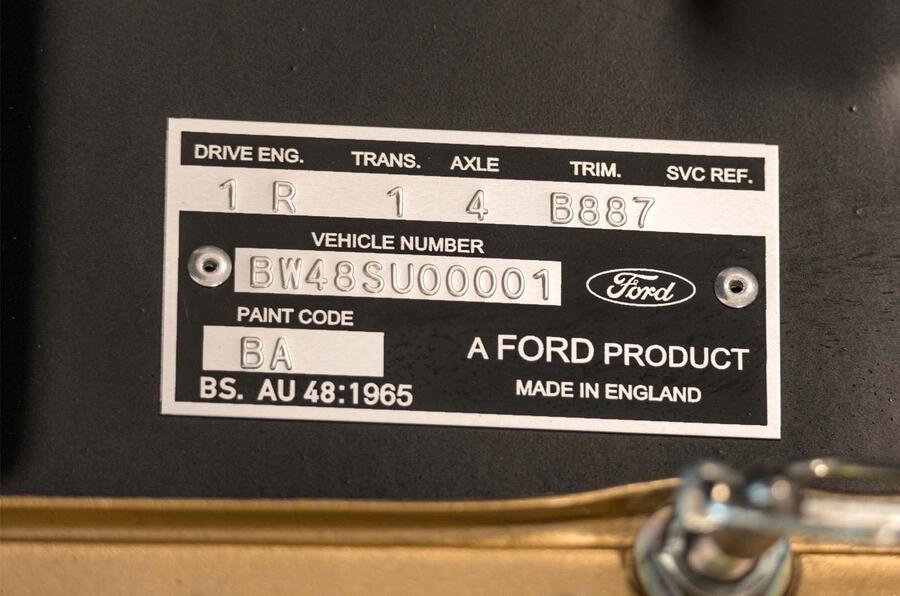
It starts with the newly minted motor, which is very similar to but usefully torquier than that used in period. It’s a dry-sumped, Lotus-designed twin-cam overbored to 1840cc and inhaling fuel through twin Weber 45 carburettors.
It’s a beguiling device, demanding to live its life beyond 4500rpm and roaring with a gruffness that solidifies into something approaching an outright howl as crank speeds rise, and rise, and rise.
In the road car, you can have the headline-making 10,000rpm, fuel-injected 2.1-litre motor and, with 296bhp on tap, boy is it going to make for an outrageously rapid Escort.
But Boreham will also offer a 1.8-litre twin-cam similar to this one, with the Webers and straight-cut gears. And, actually, I wonder whether that won’t be the format to go for. Choosing would be a lovely problem to have.
While spookily free of rattles and with no signs of period-racer tiredness, dynamically the 68 Edition doesn’t feel at all advanced these days. Hardly surprising. However, back in the late ’60s, the Group 5 warriors were spaceships, with inventive suspension and clever engines.
For an indication of the attention to detail, on the Mann Escorts the mounting points for the Watt’s linkage were repositioned further forward on the differential casing to improve the centre of gravity and roll centre.
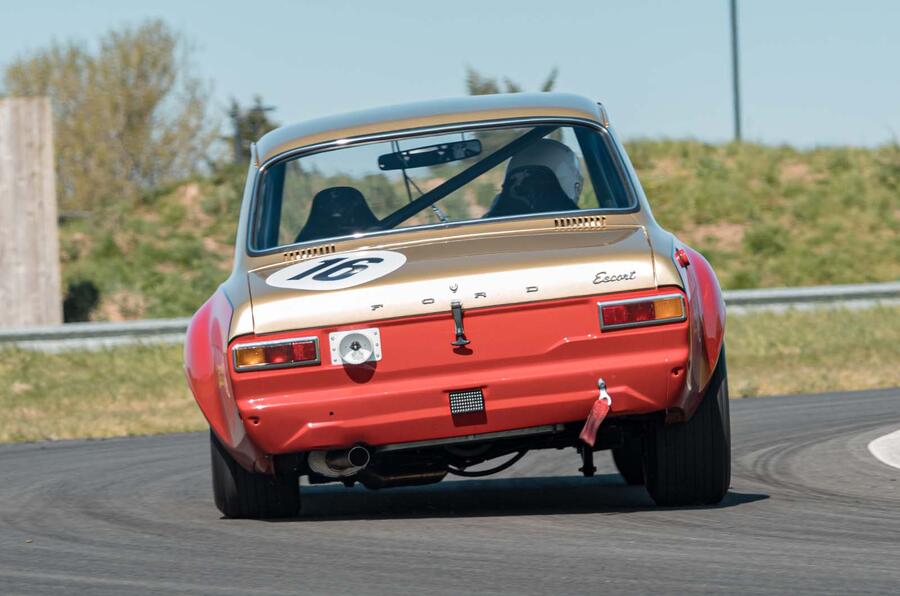
Meanwhile, the front linkages borrowed heavily from the know-how of the superstar GT40, with Len Bailey taking the lead on design. He joined AMR direct from the Ford Special Vehicle Operations in Slough, where Ford’s Ferrari-slayer had been developed.
One touching strand of the story is that Jim Rose, who brought much of Bailey’s genius to bear with his world-class fabrication skills, has been involved in the supply for parts for the continuation cars.
As our laps unfold, so does a familiar story when it comes to racing cars (especially old ones). What starts off as a heavy, faintly recalcitrant driving experience morphs into something a bit spiritual as you begin to commit to corners and get the car into that all-important window of adjustability.
That’s no hardship in something this tiny and predictable, however animalistic and intimidating the initial sensory overload.
These front tyres don’t give endless grip to lean on but it doesn’t matter because the back, stiffened for today’s duties compared with a recent outing at fast and flowing Thruxton, loves to rotate.
At the risk of sounding crass, the car wants to be backed in on a trailing throttle, and then comes alive, smudging all four tyres laterally to beautiful effect.
Lurid body roll takes some adjusting to but it turbocharges the fun factor as the 68 Edition throws some outrageous shapes. Then, on the straights, a bit of kerb, greedily taken through a fourth-gear flick-flack, focuses your attention.
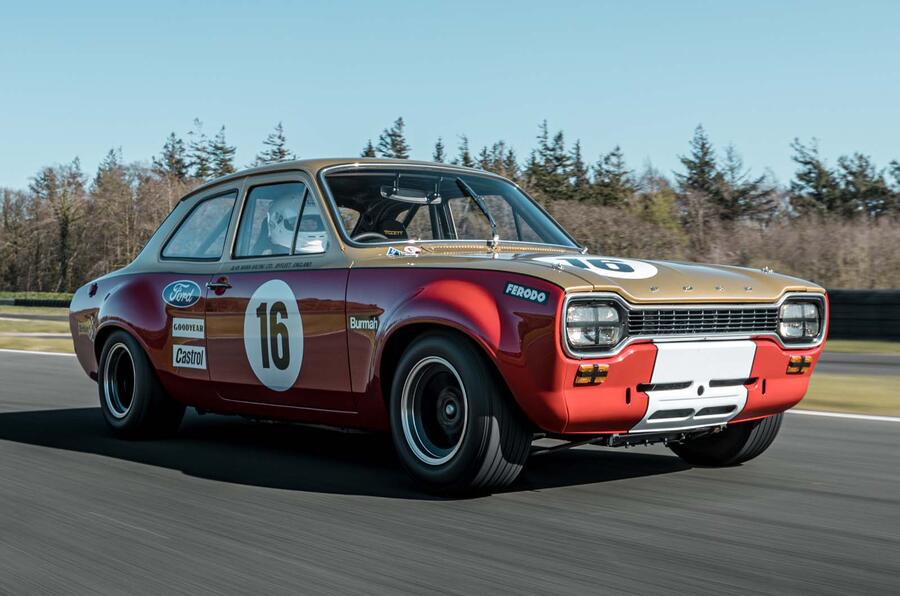
With modern suspension you’d breeze through but here there’s a touch of jeopardy underpinning those sugar-sweet looks. I rather like that. And ultimately you can really lay into this continuation in a way you would never in Gardner’s original.
Never mind the lack of roll-cage or fire extinguisher, or the bodily consequences of getting it badly wrong: the thing’s so special it needs to be insured on a fine arts policy. Meanwhile, its progeny has all the safety kit and needs much less maintenance.
Back to the pits. And breathe. What a cracking car. How many of these see gruelling historic racing, and how many will simply function as the ultimate track-day toy, remains to be seen.
Either way, the 68 Edition is a hell of a curtain-raiser for Boreham’s street-legal restomod. That car could – and given the resources behind it, probably should – be extraordinarily special.















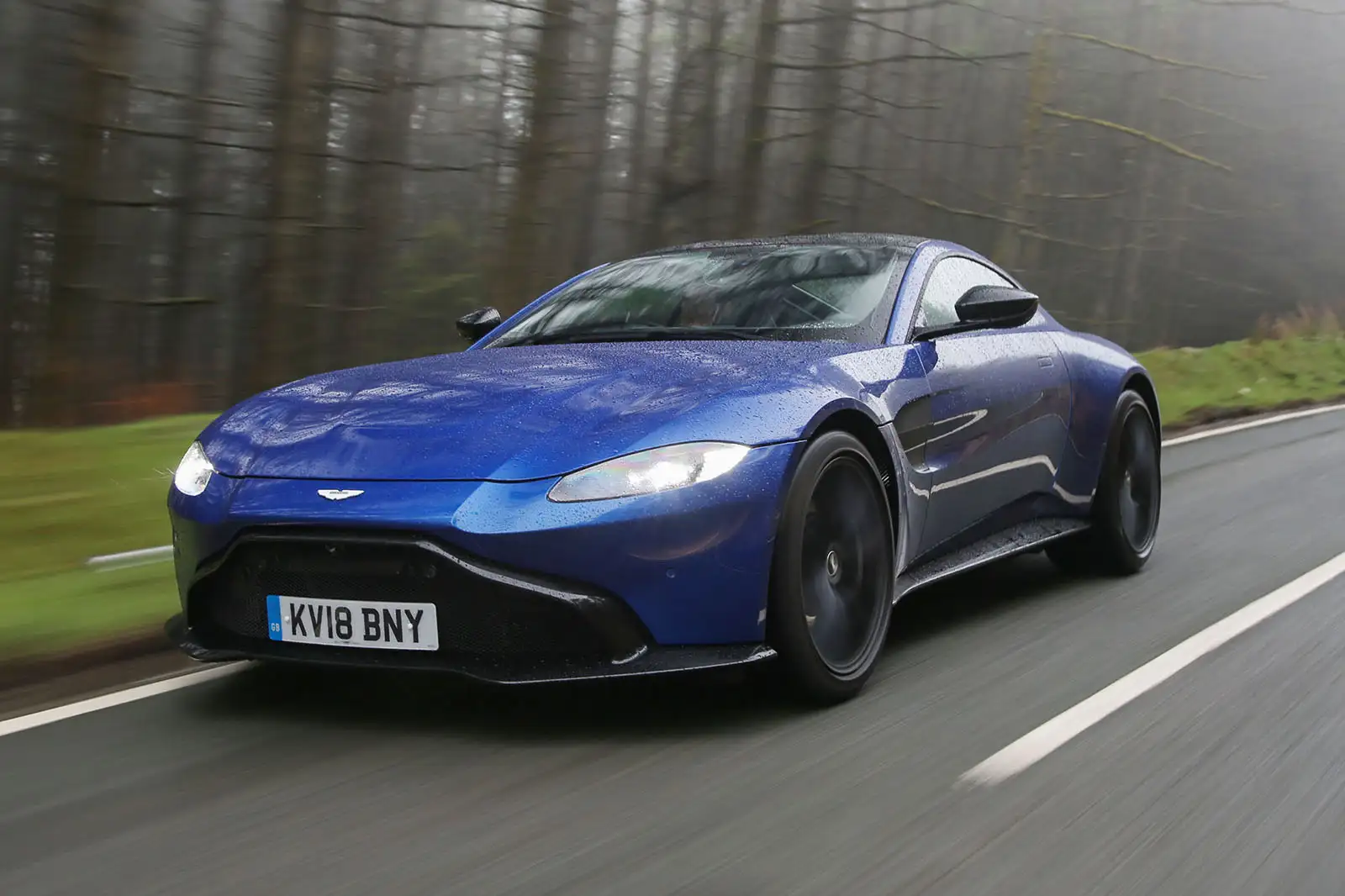









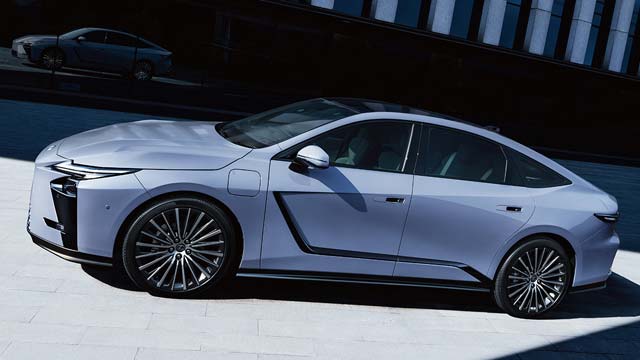



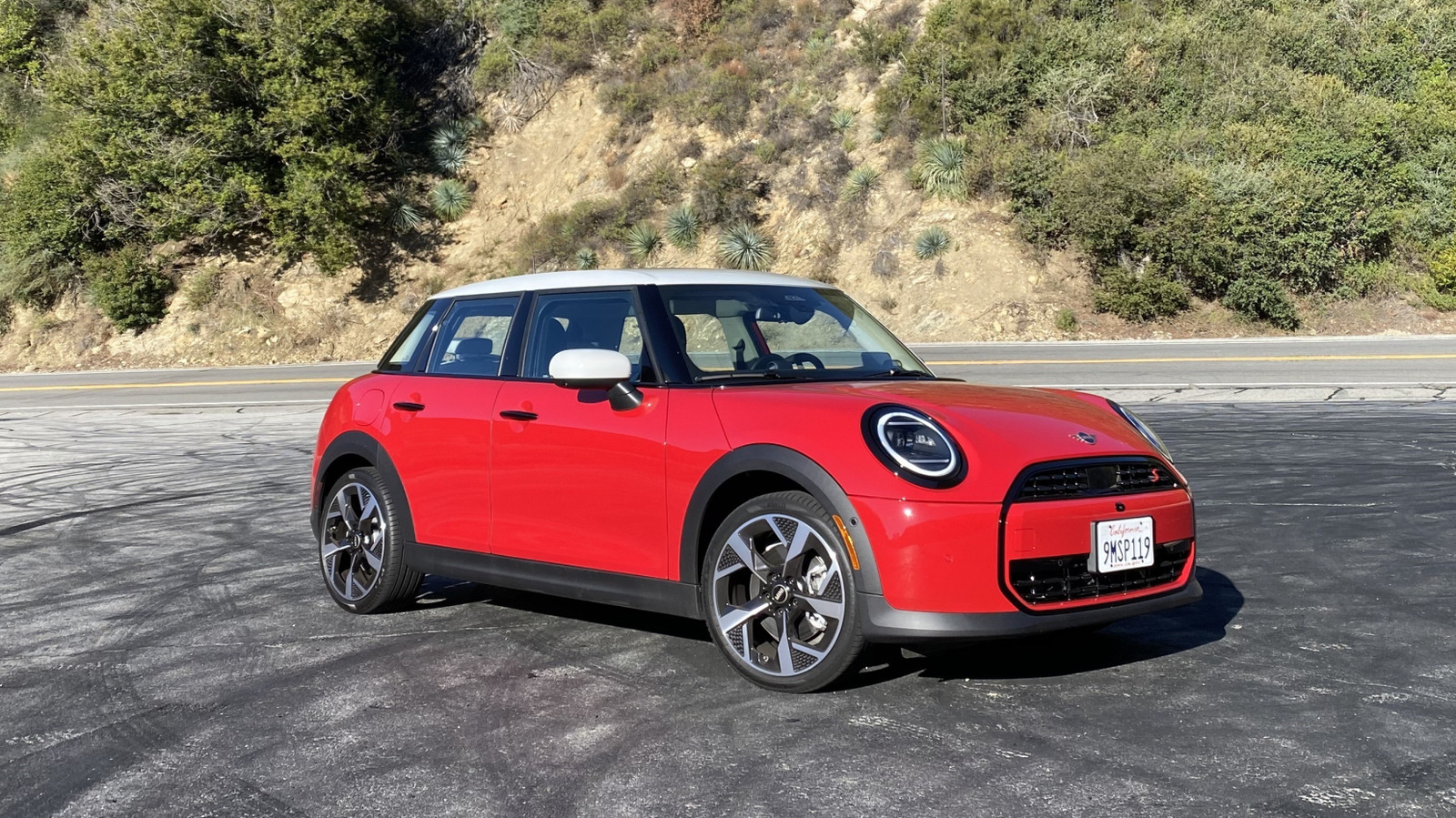







































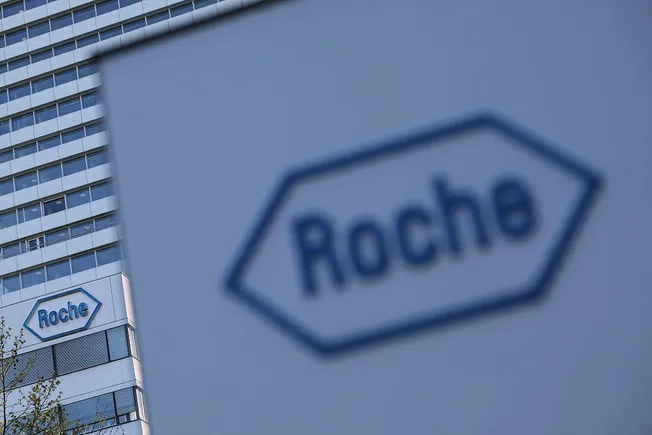





















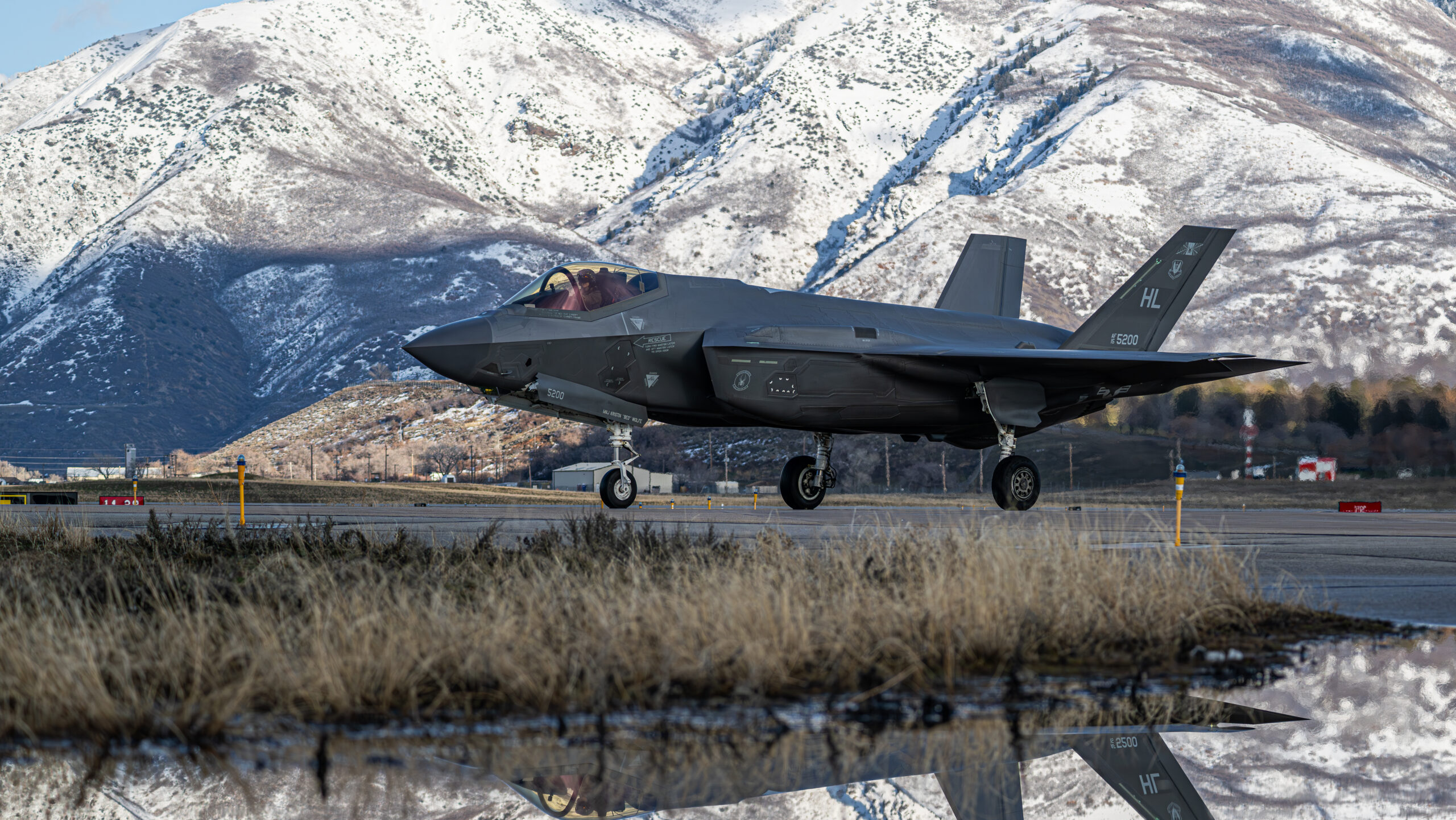










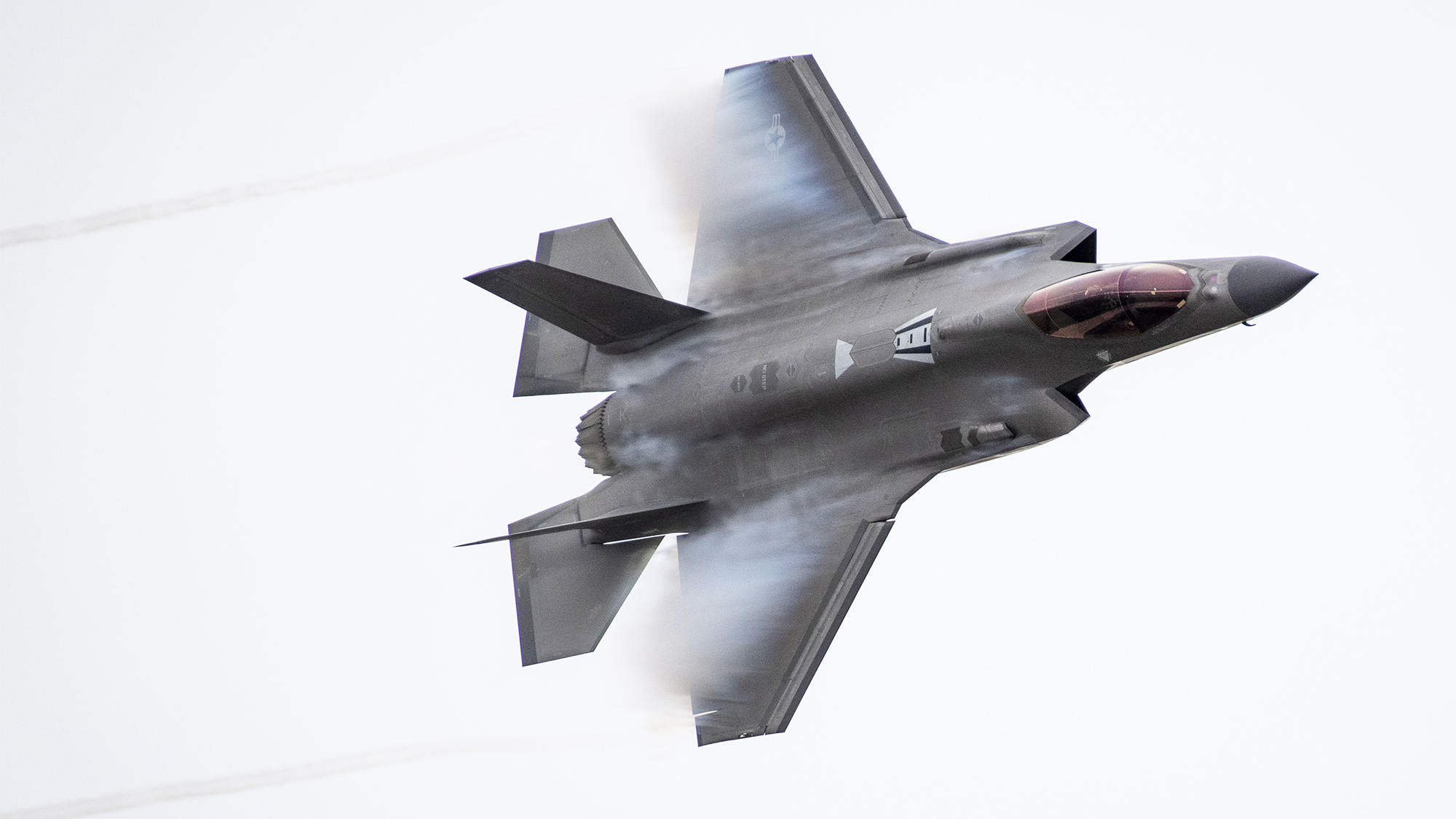










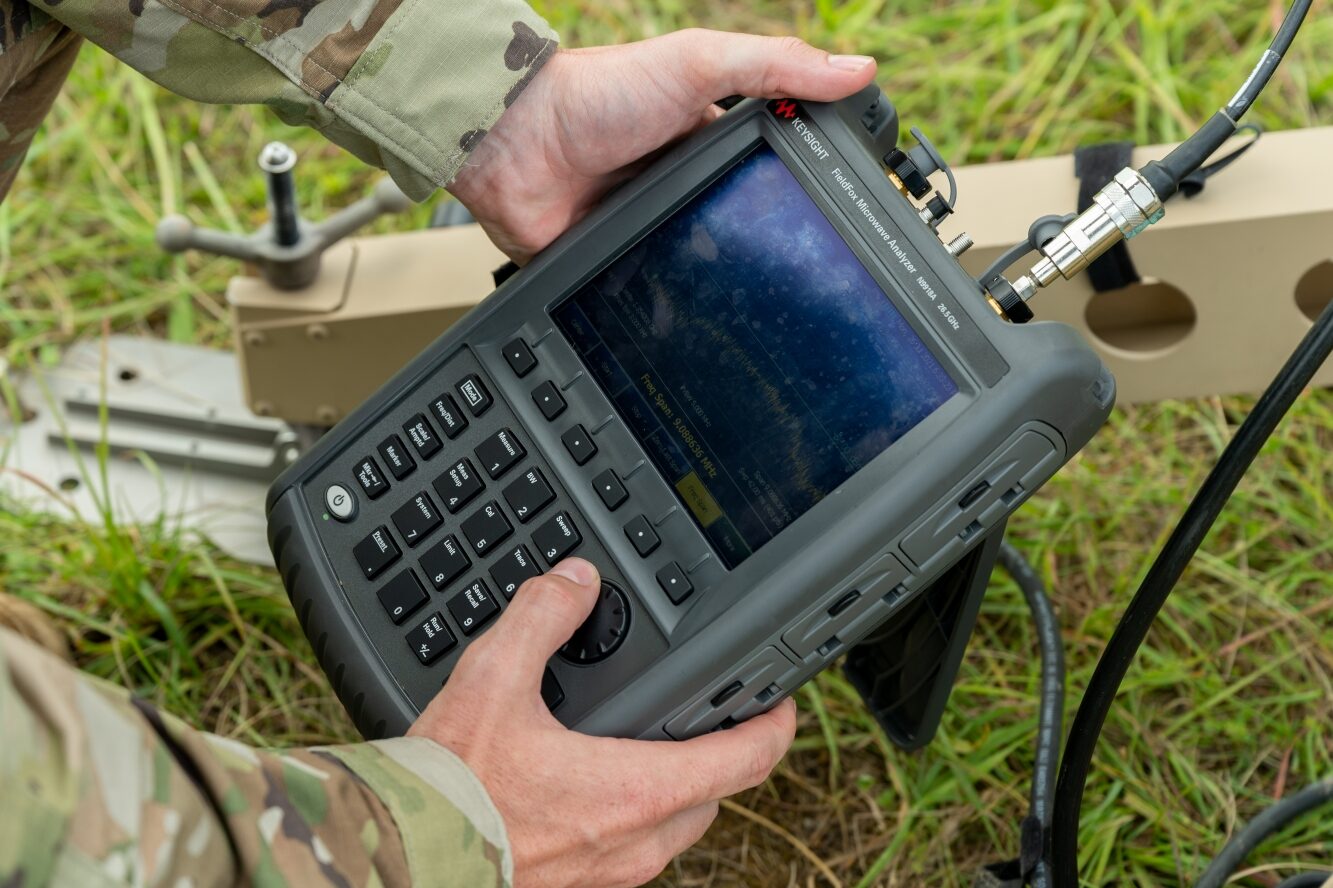
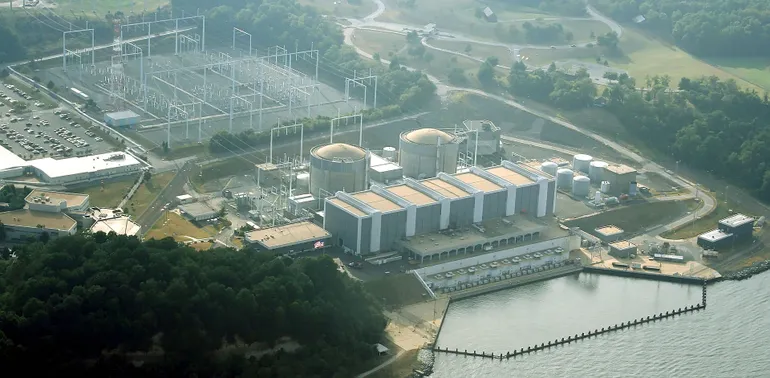




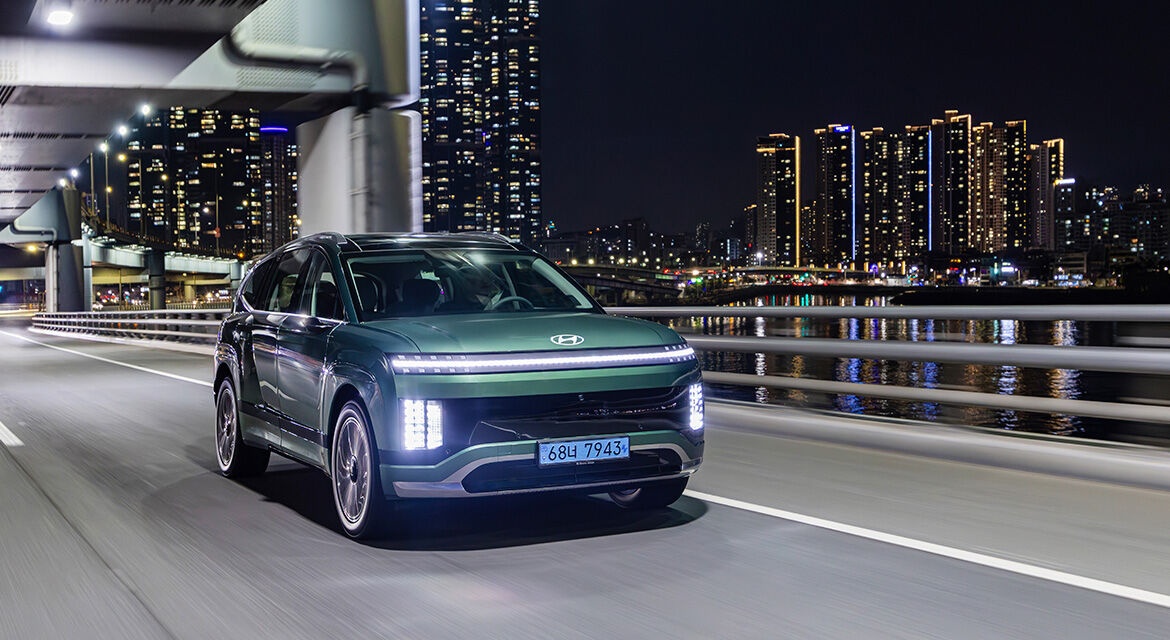



















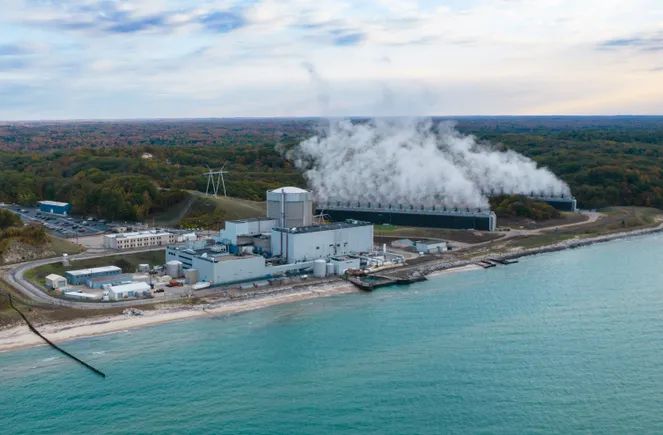


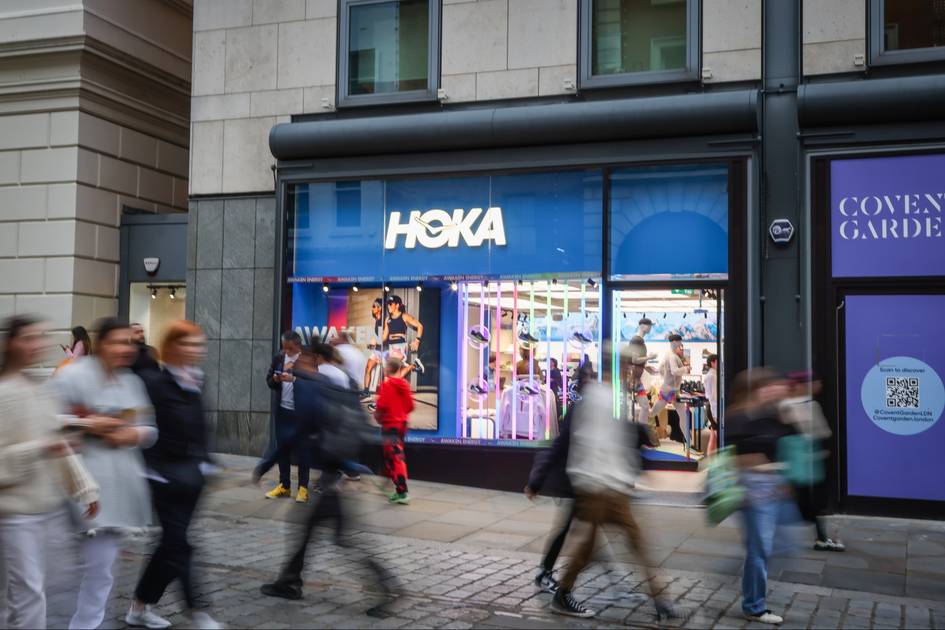

![Video: Marine Serre on Building an Independent Label [English]](https://r.fashionunited.com/LqmL4gcTYaW-0R1pmasQw2Q6yxCrLLvNKSMy3RmjiQg/resize:fit:1200:630:0/gravity:ce/quality:70/aHR0cHM6Ly9mYXNoaW9udW5pdGVkLmNvbS9pbWcvdXBsb2FkLzIwMjUvMDQvMDQvbWFyaW5lLXNlcnJlLW0tczI0LTAzMC16em01bWVqYi0yMDIzLTA4LTIwLXBkNnpmbzc4LTIwMjUtMDQtMDQuanBlZw.jpeg)


















.jpg)







